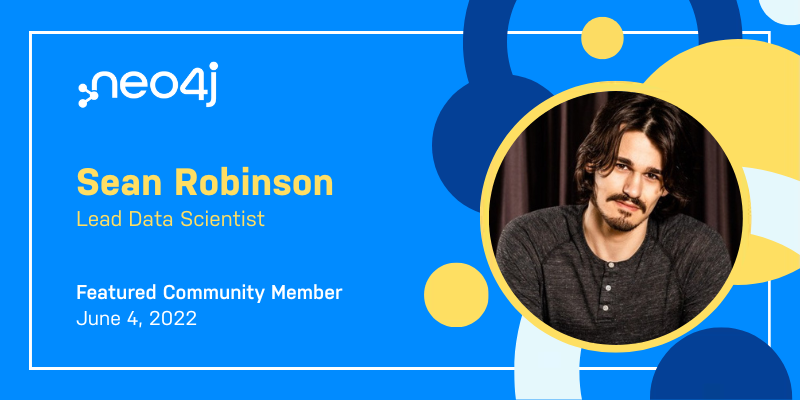This Week in Neo4j: Community Announcement, Clinical Trials ML, Graph Embeddings, Real-Time Analytics, Graph Neural Networks, and More

Sr. Manager, Developer Community
3 min read

I’m thrilled to announce the launch of our new community platform, hosting more content and scaling to infinite conversations. It is just the beginning! Our goal remains the success of our community members, helping grow their relationships in the world of graphs! Learn more about this recent move.
In this week’s newsletter, learn about estimating the probability of a drug receiving approval in clinical trials – a huge optimization of the pharmaceutical research workflow. The authors of this study used Neo4j to ingest data from diverse databases independently, then integrated them based on their use case. Their machine learning approach features biological activities, physico-chemical properties of the compounds, target-related features, and NLP-based compound representation. Don’t miss Predicting Clinical Trial Using Graph Database Integration and Machine Learning.
Cheers,
Yolande Poirier
P.S.: We’d like to understand how you, developers, are building GraphQL APIs with managed cloud services. If you have used a GraphQL managed service, we’d love to learn about your experience and how it could be improved in this survey.
FEATURED COMMUNITY MEMBER: Sean Robinson
Sean is a versatile data scientist with significant experience in optimization and a specialization in graph analytics for financial crimes. He’s always on the look out for his next challenge, blending domain knowledge, relationships, graphs, and mathematics. He is presenting on integrated graph machine learning with Neo4j Graph Data Science and Python at GraphConnect 2022.

GRAPH EMBEDDINGS EXPLAINED: How Nodes Get Mapped to Vectors
Philipp Brunenberg shows you how to map your graph structures to vectors and get started with machine learning today using the node2vec approach. He walks you through the math and explores how we can generate powerful graph embeddings.
HEALTH: Predicting Clinical Trial Using Graph Database Integration & Machine Learning
Graph databases excel at handling heterogenous data sources as exemplified in this study estimating the probability of a drug to receive approval in clinical trials.
DISCOVER AURA FREE: GraphConnect Conference Agenda
UNDER THE HOOD: Real-Time Analytical Processing
In this eighth episode of Under The Hood, Chris Gioran discusses the unique analytics possibilities presented by the graph data model.
AI: Inductive Graph Neural Networks for Transfer Learning
INTERVIEW: On Graph Database Use Cases and Solutions
Roberto Zicari and Tara Shankar Jana sit down for a chat on how DZD uses a Neo4j knowledge graph to map and analyze biomedical information to develop effective prevention and treatment measures.
TWEET OF THE WEEK: @jpjarnoux
Don’t forget to retweet if you like it!
Our first pangenome graph DB design at #D4GEN with Neo4j#pangenome #Hackathon @GenoLabgem @GUILLAUMEGAUTRE pic.twitter.com/oU1CDhFmMr
— Jérôme Arnoux (@jpjarnoux) May 20, 2022
… Of Interest
In this article, Sean Robinson examines the order of steps in natural language processing, looking at seven steps to unlock meaning within natural language data. Watch it.
Mehul Gupta analyzes how different path-finding algorithms in Neo4j Graph Data Science can be used to solve a data science problem. Check it out.
It’s been ten years since Google first coined the term “knowledge graph.” Here’s a brief history of the technology and its impact. Check out the article.








